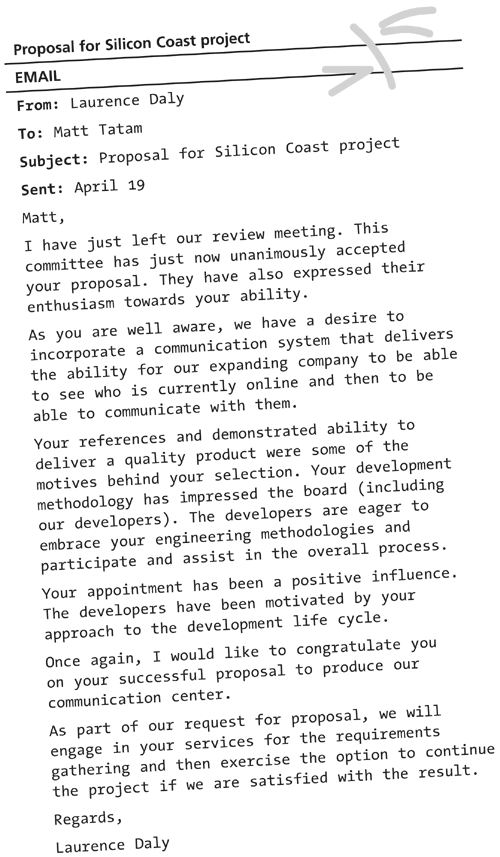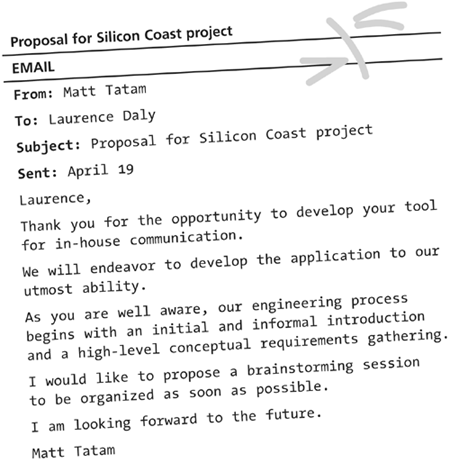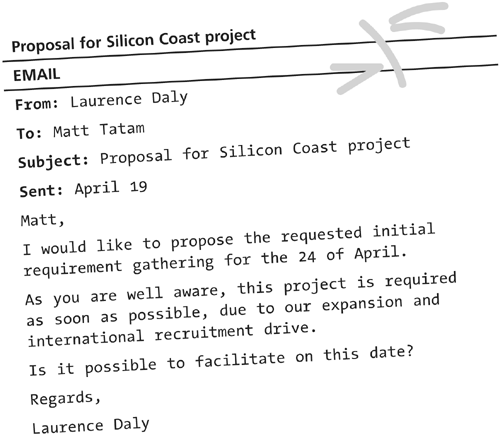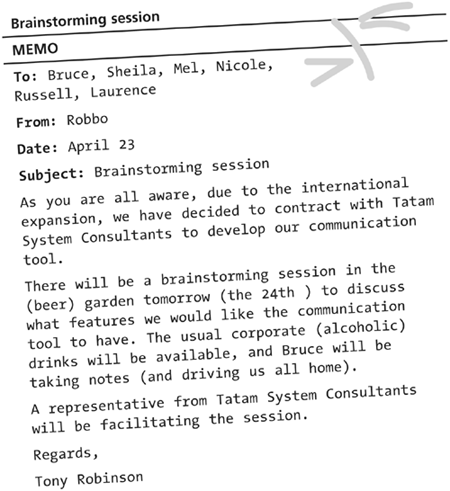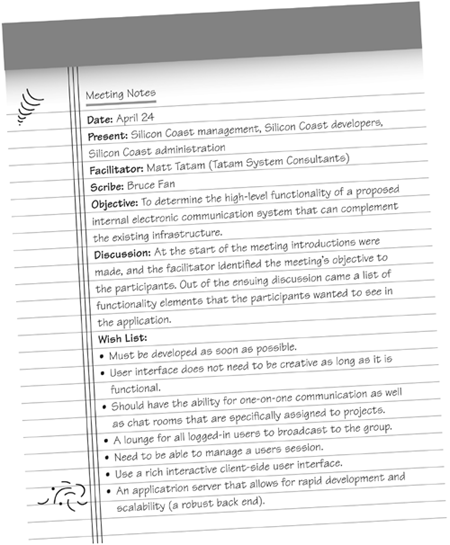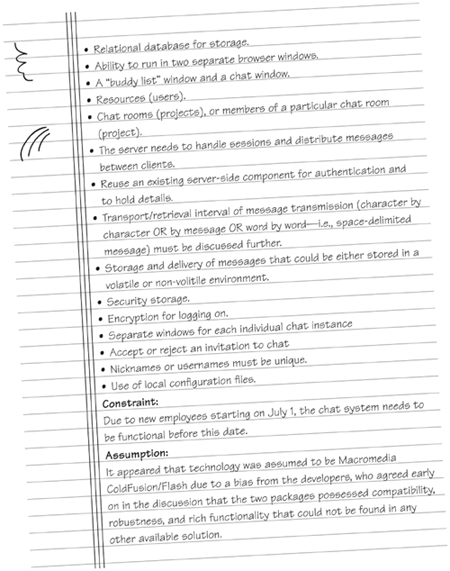The Problem
| Silicon Coast Corporation provides award winning, leading-edge technology solutions to the manufacturing industry. The Silicon Coast software-engineering methodology has evolved over the years into an industry benchmark. The corporation has dominated the Australian market and has had unprecedented success in the international market. This has been the driving factor that has led it to its current expansion. The founding developers have been stretched to their limits and have decided to employ new specialized staff. Due to a shortage of trained specialists in Australia, Silicon Coast was forced to recruit overseas employees. The required specialists were relocated; however, they were reluctant to do so Silicon Coast's current business practices have allowed for its employees to e-commute at different times throughout their employment, but not on an ongoing basis. This has been in part due to a concern for efficient communication. Therefore, Silicon Coast has decided to further develop applications remotely with an in-house project- and document-management system. This will assist in the customized software-development life cycle. The desire for remote development has led Silicon Coast to recognize the importance of real-time communication. Due to the lack of affordable broadband access in isolated areas of Australia, the initial consideration of video conferencing was quickly rejected. This has led the corporation to find alternative means of real-time communication. Real-time chat software was researched and found to be a cost-effective solution; however, with the broad range of bandwidth the developers used, it proved to be impractical. The alternative was to develop an extension of Silicon Coast's existing infrastructure that allows chat functionality, though not necessarily in real time. The problem faced by the corporation is that they do not have the ability of remote employees to communicate in real-time. The corporation requires a solution to adequately connect its remote employees together to produce an environment of constant communication. There needs to be a system that will assist in the transfer of knowledge and ideas on a continual channel. This channel needs to exist as a one to one connection or the ability to broadcast to a wide range of participants. This chapter will follow the process of developing a project plan, requirements document and testing plan. We will discuss the stages of the software-development life cycle and look at the documents produced at each point. Due to current commitments, Silicon Coast has issued a request for proposals to develop a suitable solution. Tatam System Consultants (TSC) was the successful applicant, as it had demonstrated it could ensure that the requested application would be a major success and could be expanded. The following is the email interaction that followed the request for proposals selection committee had decided upon Tatam System Consultants.
Matt responded almost immediately.
Once identified as the best candidate, Tatam System Consultants was contracted to initially create the requirements document with a mutual option to continue to develop the application. Tatam System Consultants organized an initial requirements-gathering session, which would allow for the formulation of a wish list. This initial consultation was to be informal and in a comfortable environment. Silicon Coast realized the brainstorming session needed to have representation from all the participants that would be using the system. Along with the end-users the main stakeholder (Laurence Daly, Managing Director) and the project sponsor (Tony Robinson, Financial Director) were also requested to attend. The following internal communication ensued:
The facilitator in this requirements-gathering session was determined to extract as much information as possible from the group. A video camera trained at a portable whiteboard was used to record discussion and diagrams that the scribe or minutes-taker might have difficulty writing down. The whiteboard print functionality was also used to produce the final diagrams as hard copies. The majority of the group consisted of developers who, being exposed to the software development industry, had already assumed that the application would be Web based (for obvious reasons). In circumstances other than this business, user and functional requirements should be the focus of the group, but inevitably the group's knowledge of IT solutions had some bearing on the session's outcome. The facilitator had to take into account these group dynamics and adjust to the situation. The following meeting notes were the result of constantly mining for functionality and keeping the group focused on the task at hand (which was the "what" rather than the "how"). The facilitator drew the following diagram at the start of the meeting. It was not created to insult the group's intellect but to illustrate the general concept of the desired system. Although it was a primitive graphical representation, it immediately started the dialogue (Figure IV-1.1). Figure IV-1.1. Whiteboard drawing of the general Chat concept.
As most of the participants were developers, the business requirements evolved into a hybrid of functional and technical requirements. This was not discouraged, but the facilitator concentrated on the business, user, and functional requirements to extract as much detail as possible.
In a creative flash, Figure IV-1.2 was drawn upon the whiteboard during the meeting. Figure IV-1.2. Whiteboard notes.
After the initial meeting, a follow-up discussion took place to determine the project's constraints. The remote specialists were due to start in six weeks, and Silicon Coast wanted the application to be fully functional and tested by that time. All the new employees were able to communicate in English and had access to at least a minimum connection of 9.6K. This bandwidth restriction did not allow for a graphics-intensive UI. Silicon Coast was a very successful business with a healthy budget for this project. The budget was not required for the proposal process, as the scope of the work had not yet been investigated thoroughly. When the initial requirements had been gathered and documented, Tatam System Consultants was able to begin to explore and refine the desired functionality. This discovery of business, user, and functional requirements was necessary for the project to succeed. It would lead to further group deliberations and individual discussions, to enhance understanding and ultimately shape the final requirements document. |
EAN: 2147483647
Pages: 114
